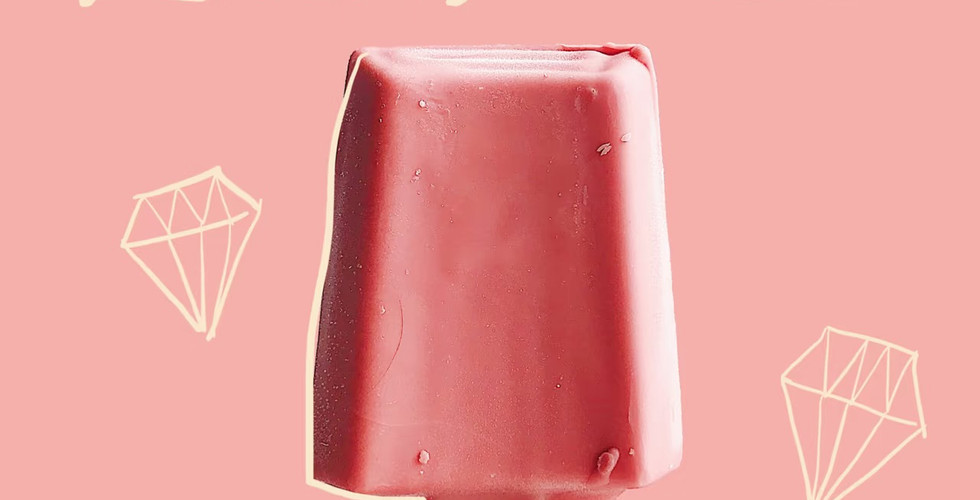Where Have All Those Brands Gone? Lessons from the Rise and Fall of Zhong Xue Gao
- gracemu1020
- May 19
- 3 min read
Iced watermelon and a fridge full of childhood-favorite ice creams have always been the highlights of my summer. Starting in late April, street-front stores across China begin filling oversized freezers with in-season ice cream, enticing passersby to stock up and secure that early taste of summer. Zhong Xue Gao’s Velvet Coco had been my go-to indulgence for several summers since 2020.
Back in 2020, Zhong Xue Gao was at the peak of its popularity. Often dubbed the “Chinese Hermès of ice cream,” Zhong Xue Gao stunned the market with prices ranging from 13 to 18 RMB per piece — far above the usual 5 RMB price tag of its local competitors. I first heard about it from a client on a business trip, who animatedly described how his wife had fallen in love with this premium, culturally inspired Chinese ice cream. He recounted how she savored every bite, and how it became the only ice cream allowed in their freezer that summer. After that trip, I stocked up on various flavors—Velvet Coco quickly became my favorite, with its rich, authentic chocolate flavor. It remained my summer staple for years.
But this summer, Zhong Xue Gao is noticeably absent from the freezers. Eventually, I gave up on finding my beloved Velvet Coco. Its fall from grace followed a series of public relations missteps and an identity crisis. In 2023, the brand made a strategic miscalculation: in response to growing public skepticism about its pricing, it launched a budget sub-brand, Sa’Saa, priced at just 3.5 RMB per piece—an extreme departure from its original positioning. This move diluted the brand’s premium image, alienated its loyal customer base, and failed to capture new audiences. The result? A textbook case of brand dilution and audience fragmentation.
Yet, I still believe Zhong Xue Gao offered a high-quality product that justified its pricing. Unfortunately, like many other niche brands that are quickly crowned “the Hermès of [category],” it eventually shared the same fate: a brief, brilliant flash—followed by decline.
Zhong Xue Gao’s short yet dazzling brand life offers rich insight. For those of us working in branding, it’s a valuable case study in what not to do—and a reminder of what matters most.
1. Brand Consistency is a MUST, not Optional.
Consistency is the cornerstone of brand equity. Just as individuals have distinct personalities, brands are born with unique DNA—positioning, values, tone, and audience. Zhong Xue Gao succeeded because it dared to carve out a premium niche in a saturated, price-sensitive market. It didn’t try to please everyone—it resonated with those who believed in its value proposition. But when criticism mounted, it wavered. Instead of doubling down on quality and reinforcing its narrative, the brand second-guessed itself. The result was confusion, loss of identity, and erosion of trust.
2. Brand Extensions Must Be Strategic, Not Reactive
It’s natural for brands to evolve, but that evolution must be intentional and aligned with core brand assets. Zhong Xue Gao’s introduction of a low-cost sub-brand was a reactionary move, driven by fear rather than vision. It pandered to an audience that never aligned with its values in the first place. By trying to appease mass-market skeptics, the brand alienated its core loyalists. In today’s hyper-fragmented market, not every brand needs to be mass. Sometimes, standing firm—and standing apart—is what sets a trend and elevates the competition.
3. Celebrate the Brand’s Cultural Contribution
Zhong Xue Gao was more than a product; it was a symbol of shifting perceptions. It proved that a Chinese brand could play in the same league as international luxury labels, while embracing local identity. Its name literally translates to “Chinese ice cream,” and its success helped fuel the Guo Chao (国潮) movement that has since transformed sectors like beauty, fashion, and F&B. For that, the brand deserves credit—as a trailblazer that opened doors, even if it didn’t walk through them all the way.
Zhong Xue Gao may no longer dominate freezers, but its legacy offers long-lasting lessons for brand builders. In a time when attention is short, competition is fierce, and identity is everything, brands must resist the urge to be everything to everyone. The real value lies in knowing who you are and never losing sight of it.











Comments